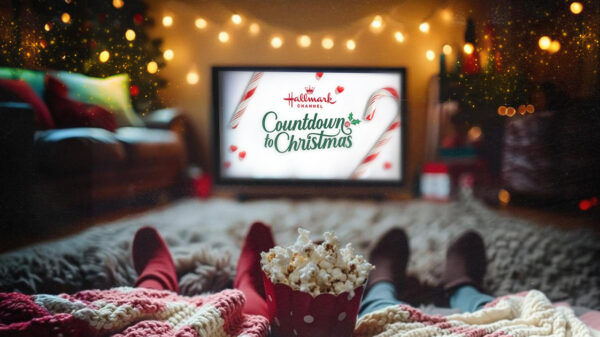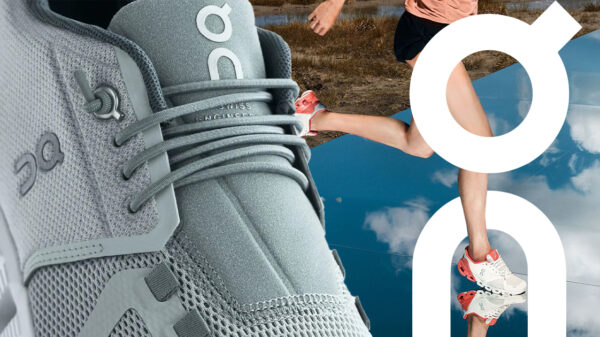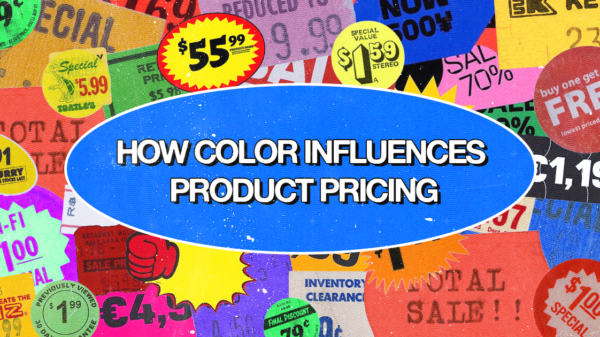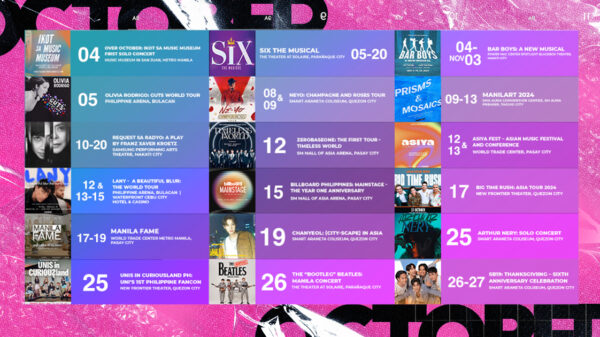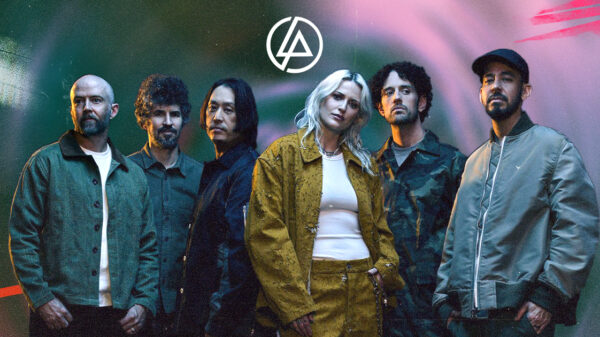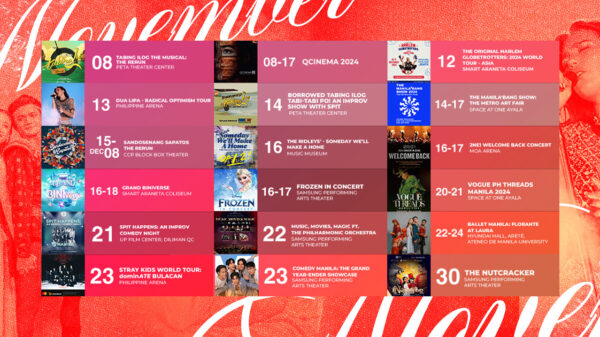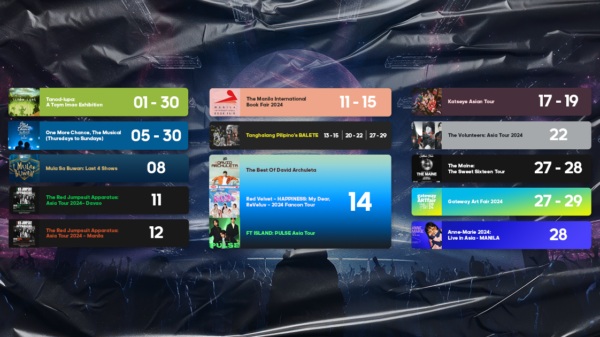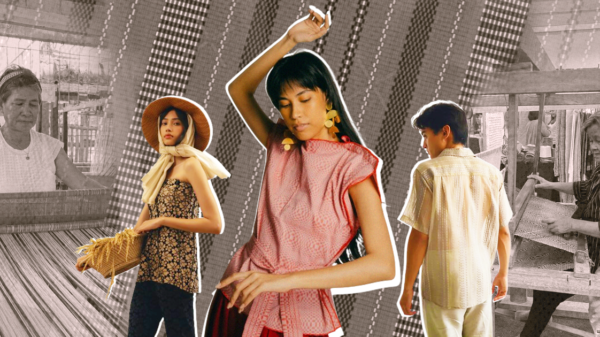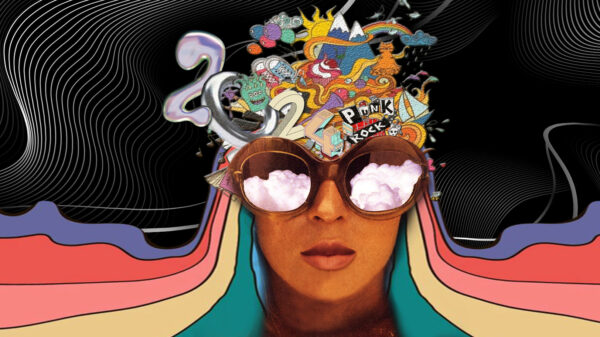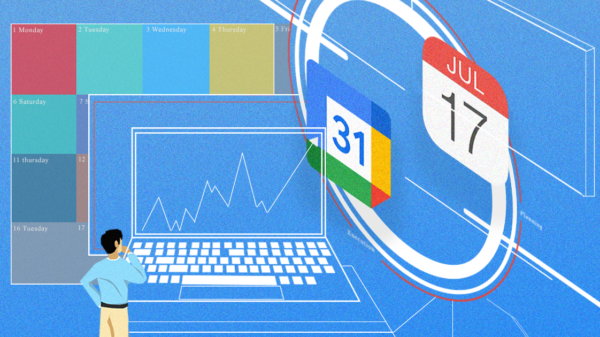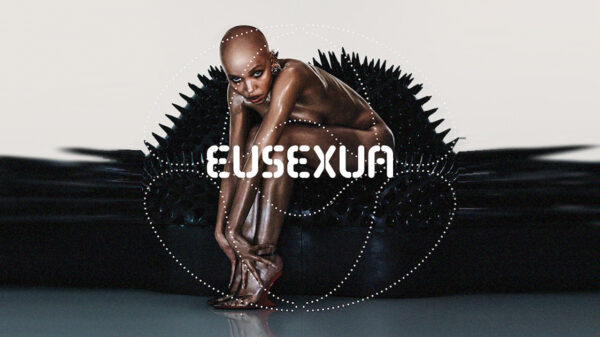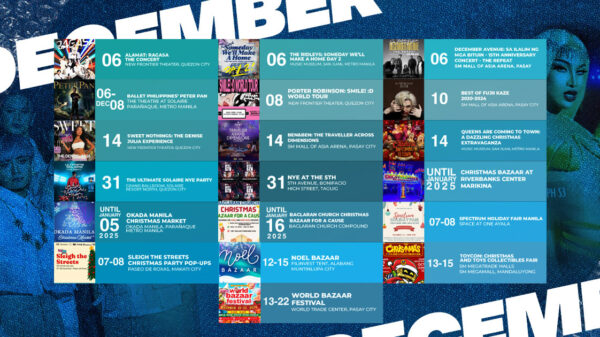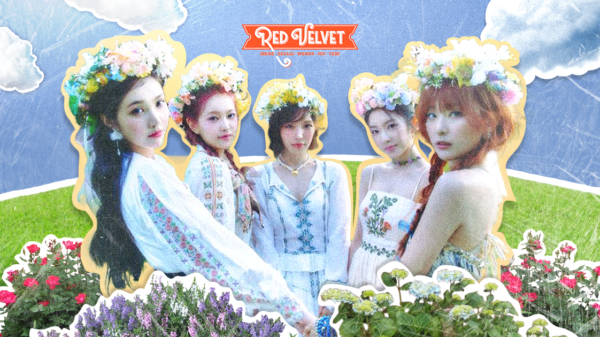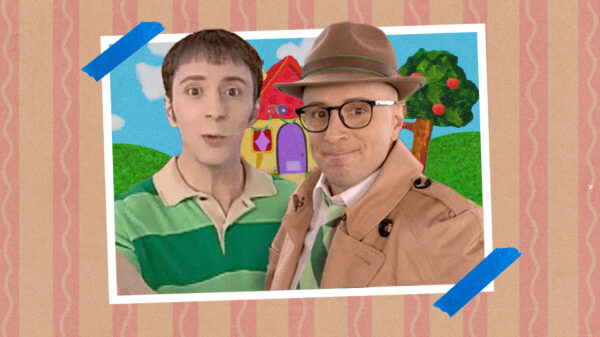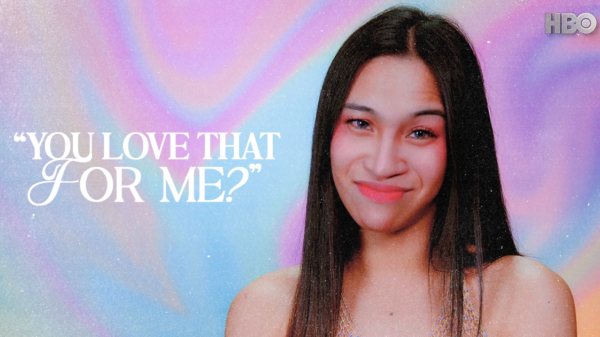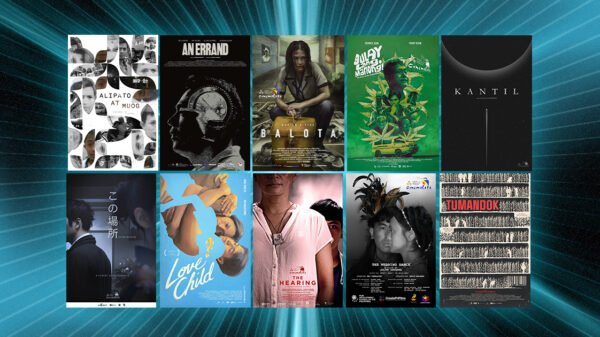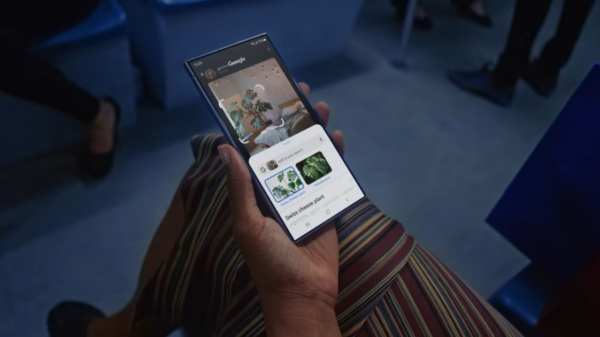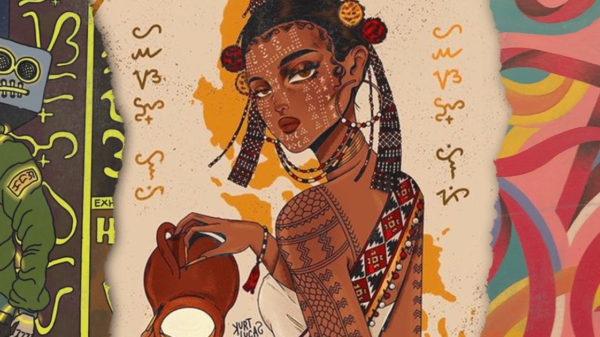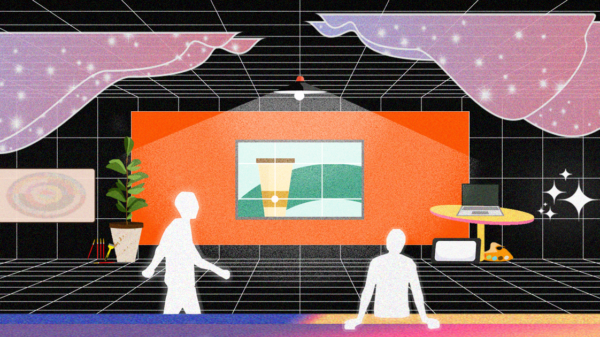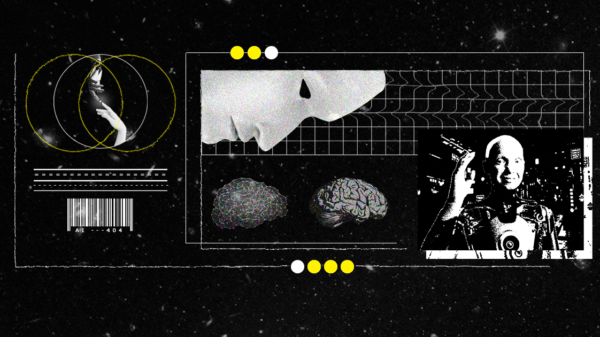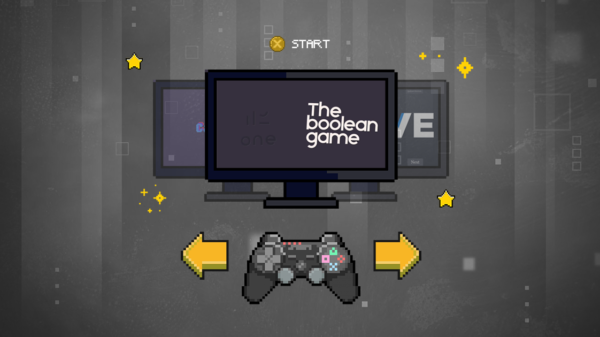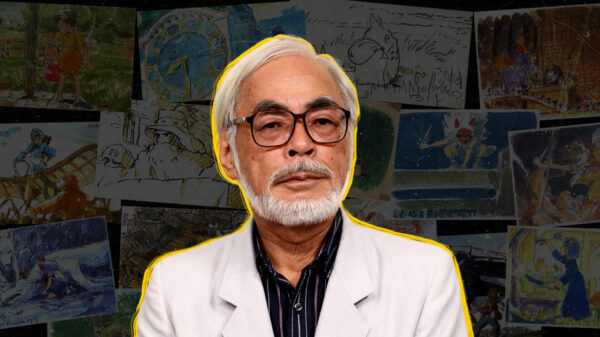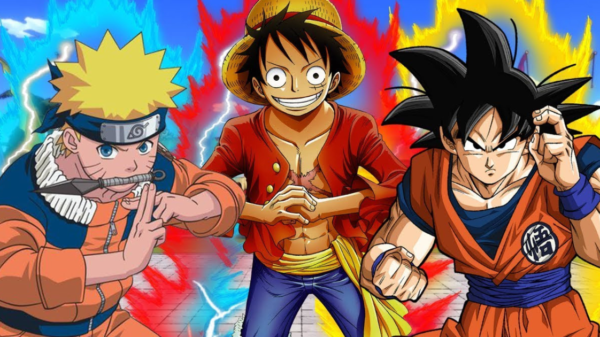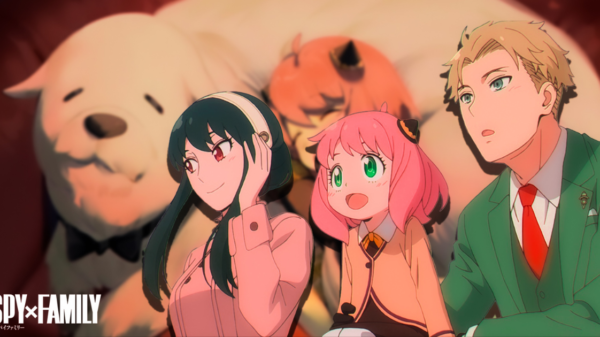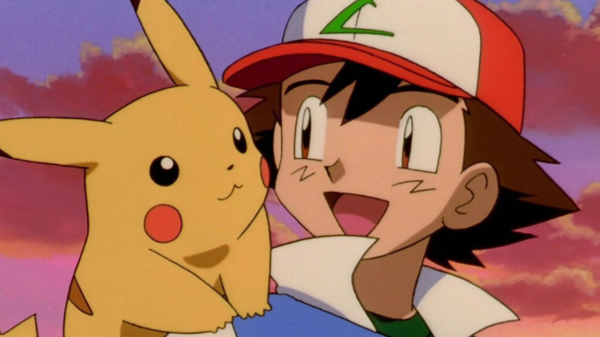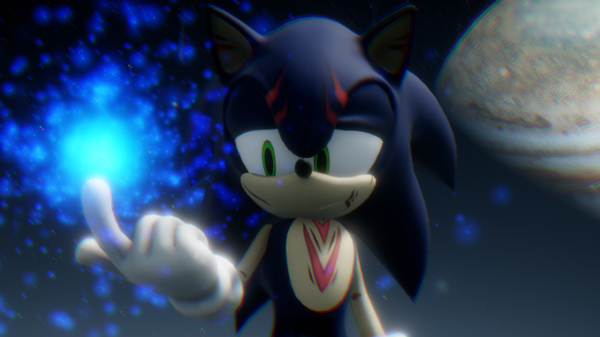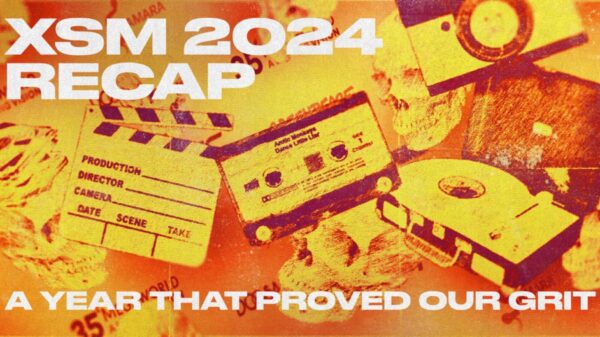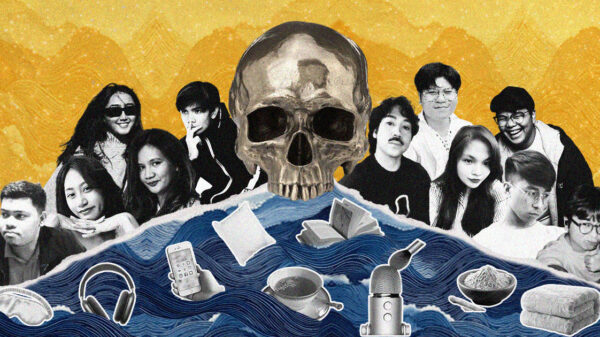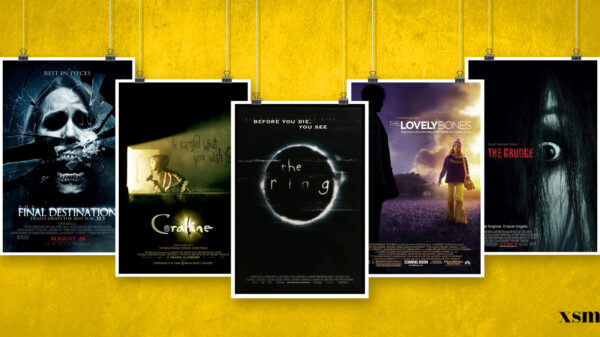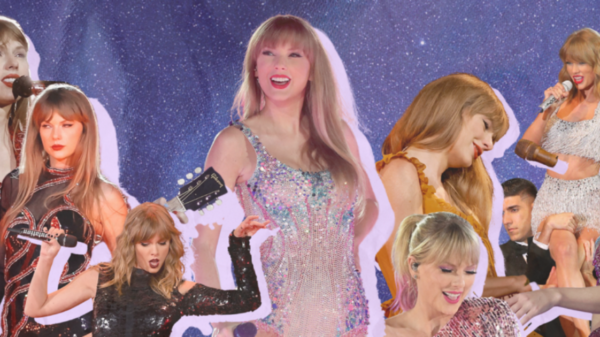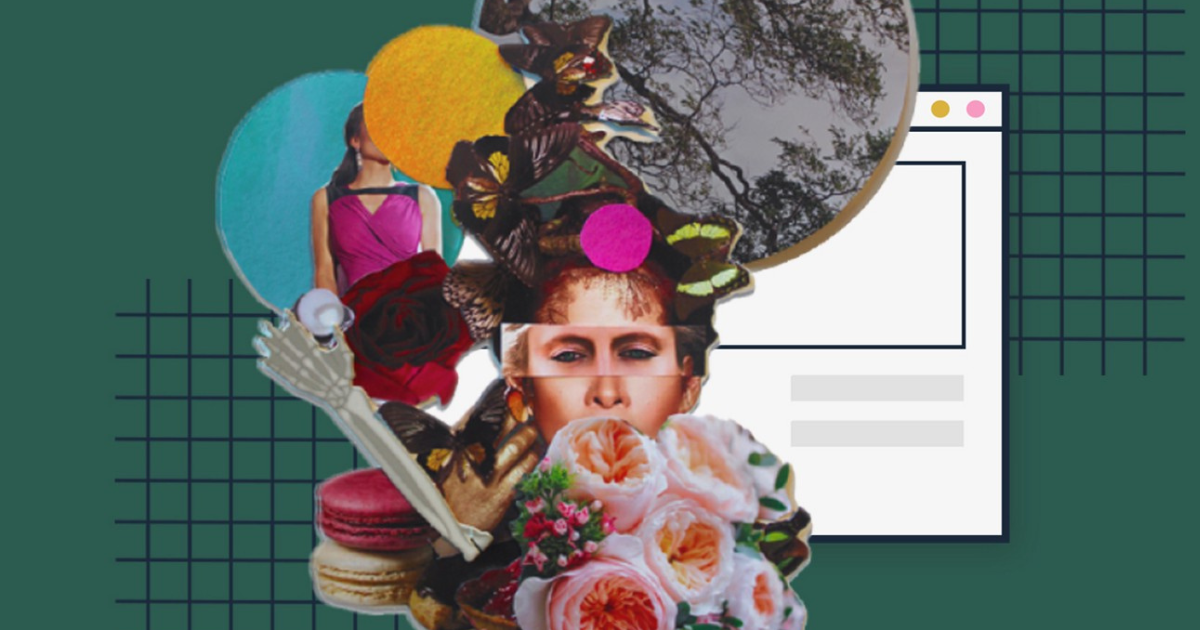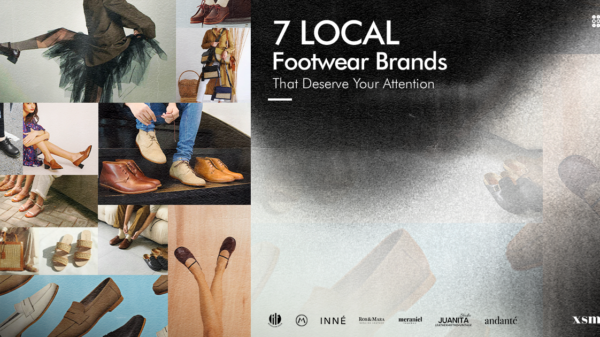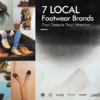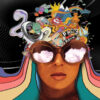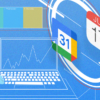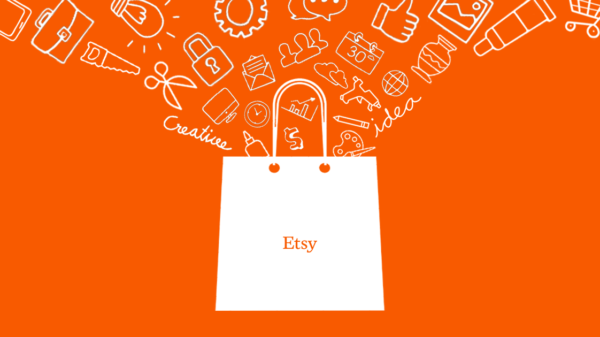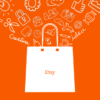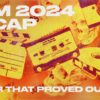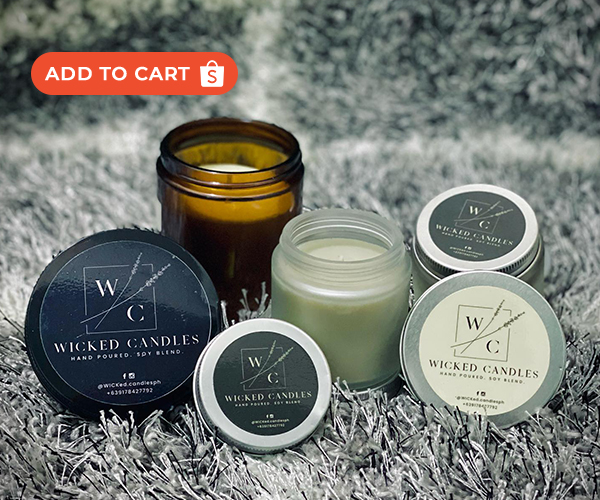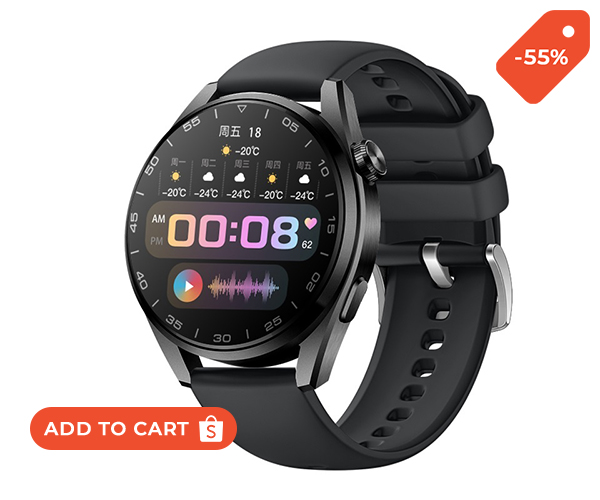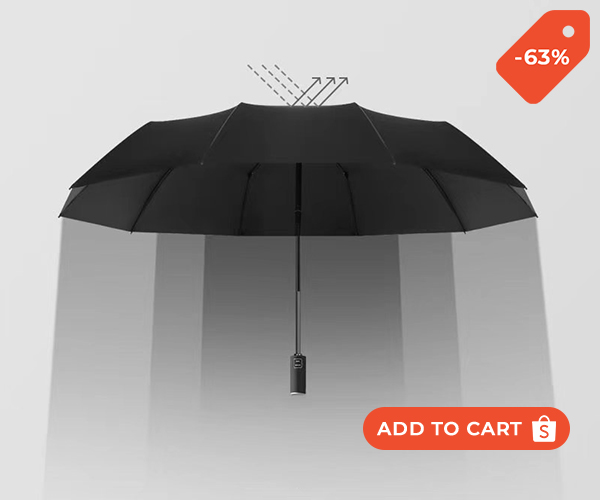What comes to mind when you hear the word ‘rebel’?
REBELLIOUS DESIGN
The word rebellious is somewhat synonymous and can be applied to graphic design.
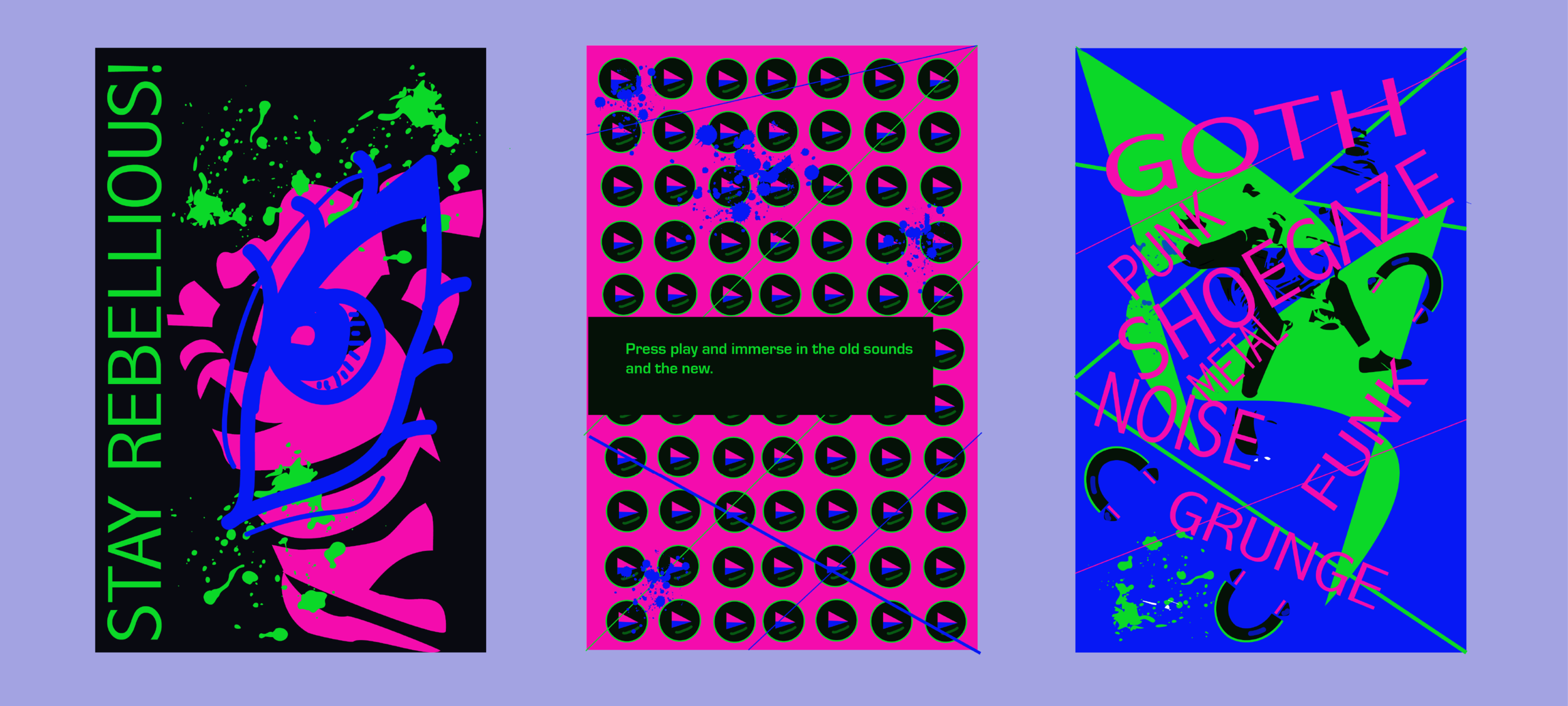
Rebellion isn’t unheard of when it comes to design. Most trends in art and design have emerged from a response to another trend. Back in the years, we’ve seen how the Bauhaus was a response to Art Nouveau, punk graphics to minimalism, and many more. Trends tend to come back every few decades but with a new twist. That’s the case with this trending brutalist style that mixes with 90s graphic design.
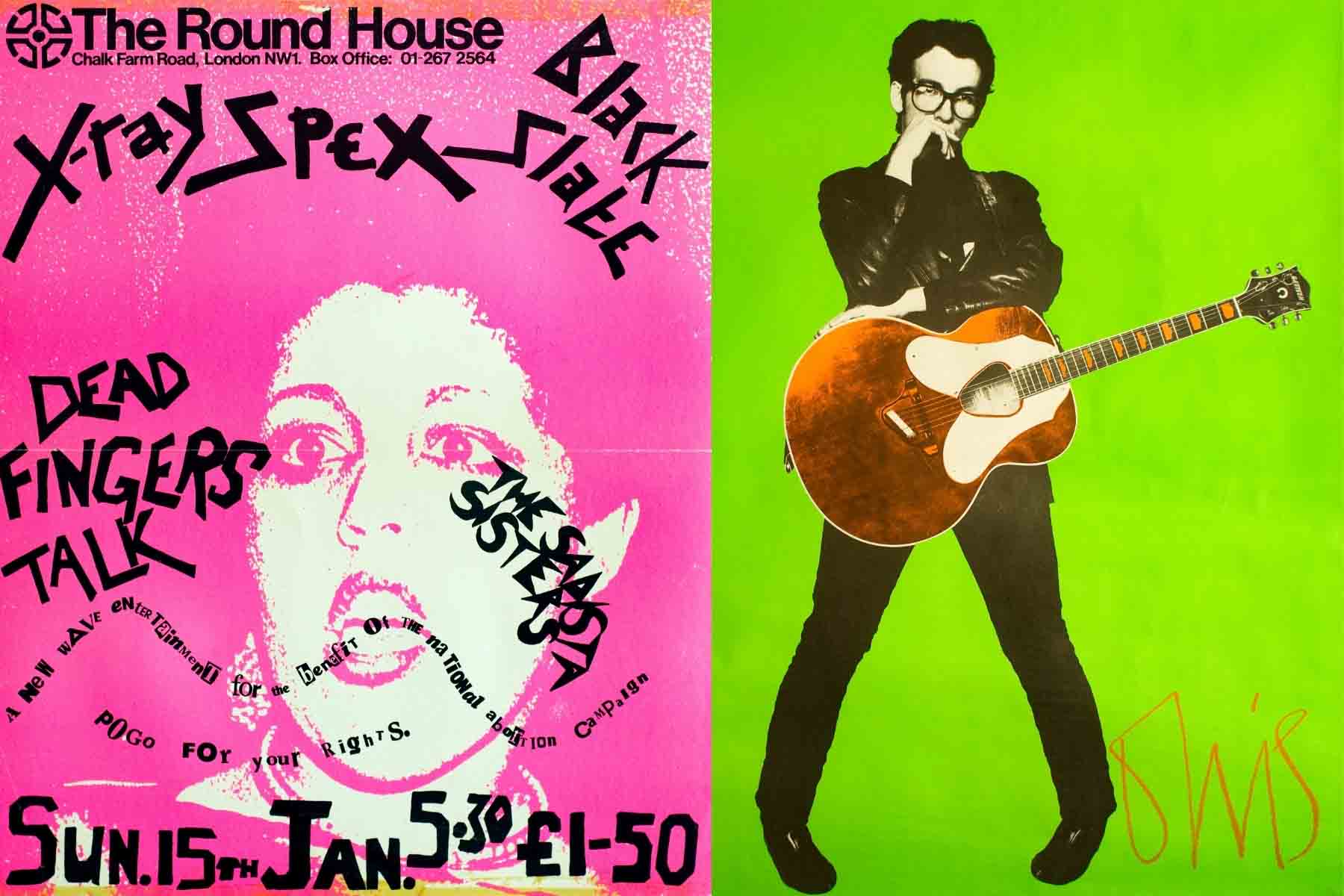
Out of it is the birth of punk design. The punk design style was one of the first trends that relied heavily on music, and the style emerged as a response to modernist design. The inclusion of music in the underground press and counter-culture graphic design in the 1960s and 1970s paved the way for exploration in graphics.

The punk influence helped bring into question the importance of design elements, rules, and the functionality of design pieces. Punk also influenced the rave-culture graphic design of the 90s and other 90s graphic design trends by encouraging these styles to break the rules of graphic design.
THE BRUTALIST DESIGN
Brutalist design attempts to look raw and bare. The brutalist revival style of today is a beautiful hybrid of the 1960s and 1990s aesthetics. It’s all coming back from the past, if we truly look at it. The 1990s was a big time for pop culture and a playful aesthetic, especially following on from the 80s Memphis style. Many other styles, like punk and rave, are influencing the new brutalist revival.
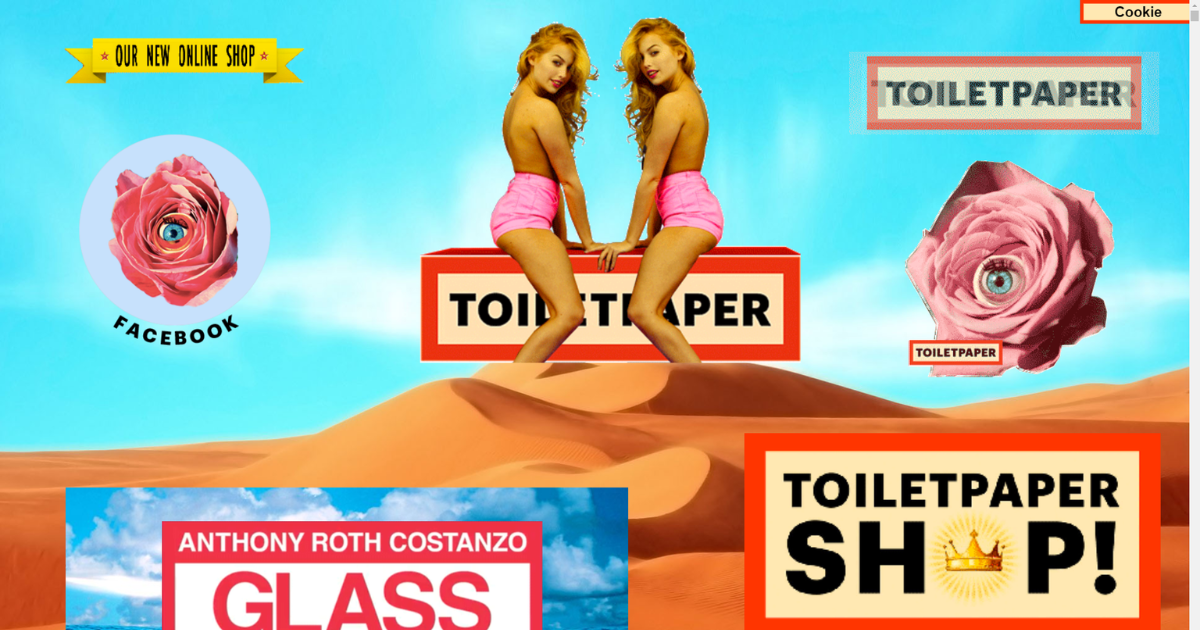
These styles were characterized by the destruction of form: typography was pushed to its limits, and graphics were distorted.
So, if you’re going to ask on how this is kind of related and how it can be a perfect match to 90s graphic designs, it usually comes in with some of the grungy-looking images, the colors of the rave culture, and sometimes the inclusion of futuristic elements like chrome from Y2K or grids from the rave posters.

We often see brutalist design in design pieces from brands that are open to exploration. Nevertheless, fashion brands like Nike and print materials for the music industry also make use of this style. Social media has been a huge part of this brutalist revival as many brands now interact directly with customers.
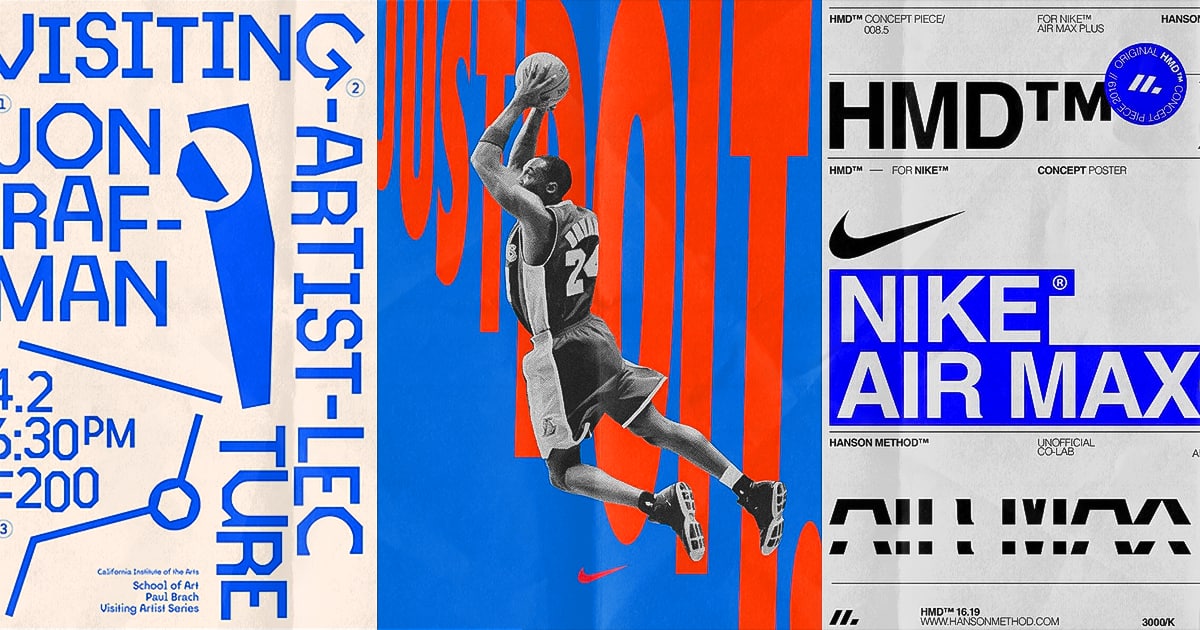
As you can see, brutalism doesn’t really have specifics. It can be categorized in the following:
- Strong concepts that stay away from popular trends
- Repetition of elements
- High contrast between elements in size and texture
- Rough and unfinished look
- An underlying rave/punk aesthetic
THIS IS THE NEW TREND
While the main trend was born over years ago, brutalism has enjoyed a major resurgence and turned into a hybrid of retro styles. This beautiful mix is very different from what we’ve witnessed in the last few years in the design industry. Partnered with these two combined is the rave type of design which we see everywhere (and we just haven’t seen it yet).
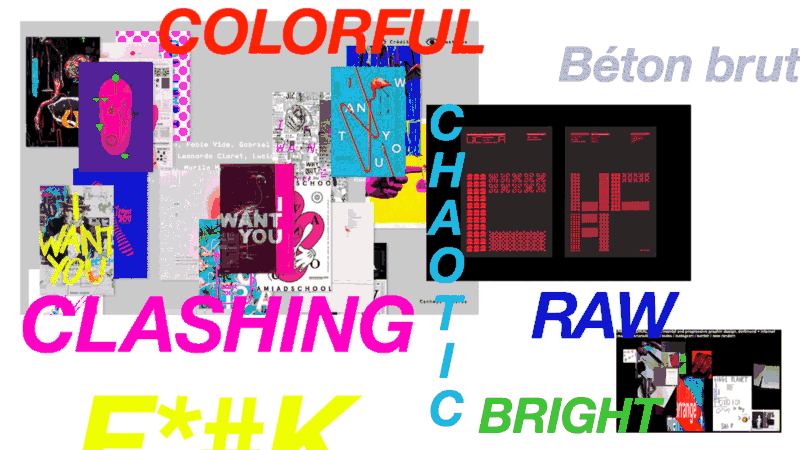
The rave aesthetic includes explorative images with energetic feeling. There were no rules, similar to punk. Original designs featured bold colors, typography was bold, and graphic elements were inspired by psychedelia. The rave culture set design up for the freedom to explore colors, shapes, and composition. We can see how it influenced the brutalist revival designs.




